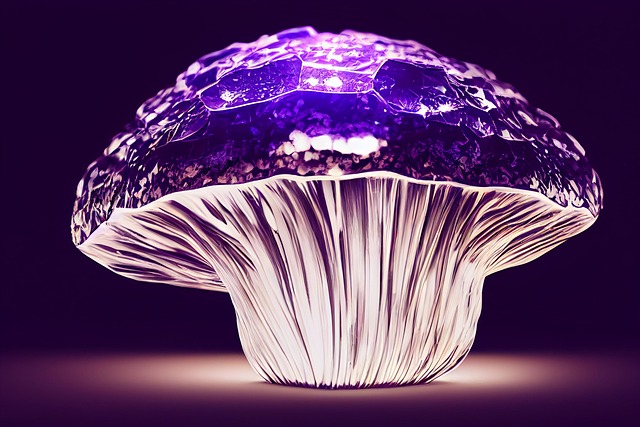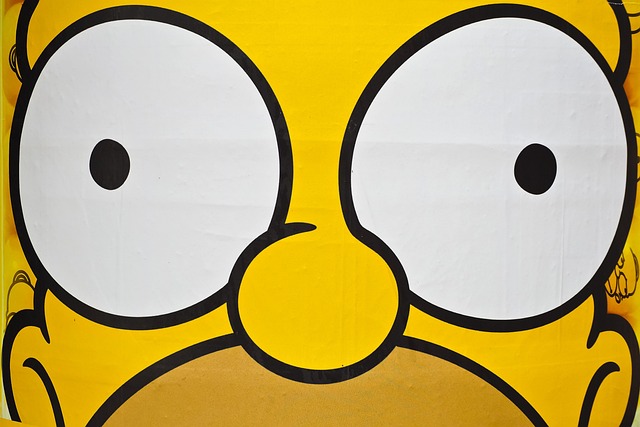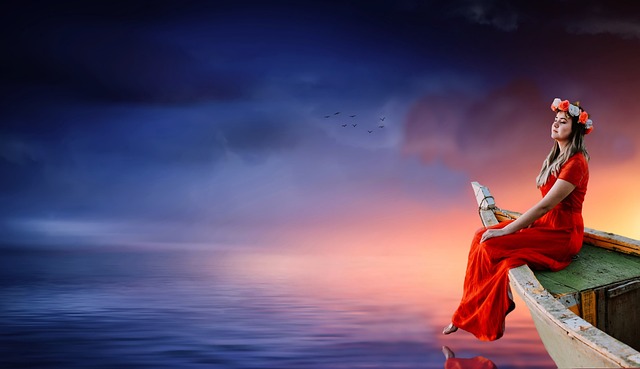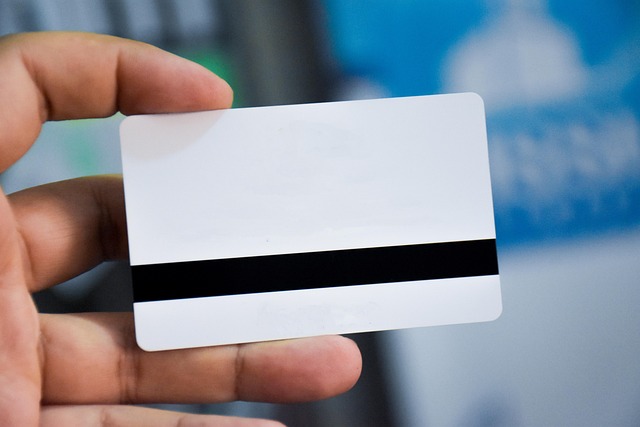In the ever‑evolving landscape of visual communication, designers continually search for fresh ideas that ignite creativity and push boundaries. “Design inspiration” is not a one‑time event but a living dialogue between the artist, the audience, and the cultural moment. By studying where inspiration arises, how it translates into tangible elements, and how it can be cultivated, graphic designers can build a sustainable practice that remains both relevant and distinctive.
1. The Ecosystem of Inspiration
Modern graphic art thrives on a network of influences that extend beyond the traditional studio. The first layer of inspiration comes from everyday life: architecture, street signs, packaging, and the rhythm of city traffic. Observing how objects solve problems, how designers use space, and how brands convey meaning offers subtle lessons that can be adapted into new compositions.
The second layer is cultural. Music, film, literature, and fashion all provide narrative structures and emotional tones that graphic work can echo. A minimalist album cover, for instance, can inform the use of negative space in a poster, while a vibrant music festival flyer may suggest bold color juxtapositions.
Thirdly, the digital realm is an inexhaustible source. Platforms like design blogs, visual archives, and social media communities showcase trends in real time. A careful reader can spot recurring motifs—such as the resurgence of glitch aesthetics or the use of pastel gradients—and decide whether to embrace, reinterpret, or subvert them.
2. Color as Narrative
Color is one of the most powerful tools for conveying mood. When seeking design inspiration, begin by selecting a palette that resonates with the story you wish to tell. Look to natural landscapes, seasonal shifts, or even the subtle variations in light during different times of day. For instance, a cool midnight blue can evoke calm and introspection, while a saturated orange can inject energy and optimism.
Consider the psychological impact of color combinations. Warm tones often stimulate excitement, whereas cool tones can foster a sense of stability. Harmonizing hues through complementary or analogous schemes helps create cohesion, while a striking contrast can capture attention in crowded visual environments.
Experiment with gradients and duotones to add depth. A slow gradient from soft peach to deep amber can suggest sunrise or sunset, giving a temporal dimension to a static image. Layering translucent colors on top of each other can produce a luminous effect that feels both modern and timeless.
3. Typography: Voice and Rhythm
Text is not just a vehicle for information; it is a visual entity that speaks with its own personality. When exploring design inspiration, pay close attention to typefaces that align with the intended tone. A geometric sans-serif can convey precision and futurism, while a hand‑written script adds warmth and authenticity.
Contrast is key. Pair a bold, heavy weight with a light, airy style to create a dynamic hierarchy. Play with spacing—kerning, tracking, and leading—to control the flow of the message. An expanded tracking can create a sense of openness, whereas tightened tracking can feel dense and focused.
Remember that readability remains paramount. Even the most beautiful typeface must serve the function of conveying information clearly. Test your typography choices at various sizes and resolutions to ensure they hold up in print and on screens alike.
4. Composition: The Architecture of the Visual
Composition determines how the eye travels across an image. Classic rules—such as the rule of thirds, leading lines, and symmetry—are still relevant, but modern design often thrives when these rules are intentionally broken. An off‑center focal point can create tension, while an asymmetrical balance invites curiosity.
Consider the use of negative space. A minimalistic layout that leaves generous breathing room around key elements feels intentional and confident. Conversely, a densely packed design can communicate abundance and vibrancy. Choose the approach that best aligns with your narrative.
Layering is another compositional tool. Stacking semi‑transparent shapes, overlaying texture, or integrating foreground and background elements can add depth. Just as a photograph benefits from depth of field, a graphic design can gain visual interest by subtly separating elements into foreground, midground, and background.
5. Storytelling Through Visual Hierarchy
Every graphic piece tells a story, whether explicit or implicit. A well‑structured hierarchy guides the viewer’s eye through the narrative, revealing the most important information first. Hierarchy can be achieved through size, color, contrast, and placement.
Start with a headline or central image that captures attention. Follow with supporting details that build context. End with a call to action or subtle brand cue. This progression mirrors the classic story arc—introduction, conflict, resolution—and provides a satisfying visual experience.
Using consistent visual motifs across multiple pieces creates a cohesive story world. For instance, repeating a particular icon style or color scheme across a campaign ties individual designs into a larger narrative tapestry.
6. Case Study: “Urban Pulse” Campaign
Imagine a city council launching a public art initiative called “Urban Pulse.” The brief calls for a series of posters that celebrate neighborhood diversity while promoting community engagement. Designers might draw inspiration from street art murals, local architecture, and the rhythm of daily commute.
Color choices could mimic the city’s sky at dusk—a blend of burnt orange and deep navy—while typography mixes a bold block font for headlines with a handwritten script for community messages. Composition might use intersecting pathways as leading lines, guiding the viewer’s eye toward a central call to action.
“In urban design, the most powerful narratives come from the everyday. By capturing the pulse of the streets, we create a visual language that resonates with all who walk these streets.” —Lead Designer, Urban Pulse Project
Such a campaign demonstrates how inspiration sourced from the environment, combined with deliberate choices in color, type, and composition, can produce a memorable and meaningful design.
7. Personal Process: Turning Inspiration Into Output
Gathering inspiration is only the first step. To convert ideas into finished work, a structured process is essential. A common workflow starts with mood boards—physical or digital collages of color swatches, type samples, and reference images. Mood boards anchor the vision and provide a reference point throughout the project.
Next, sketch concepts freehand. These quick studies allow experimentation with layout and scale without commitment. Once a promising direction emerges, refine it in a digital environment, exploring variations in color, typography, and composition.
Finally, iterate with feedback. Sharing drafts with peers or clients invites fresh perspectives, revealing blind spots or new opportunities. Revisions become the bridge between inspiration and polished execution.
8. Sustaining Creativity in a Rapidly Changing World
Design inspiration is a continuous cycle. To keep the flow of ideas fresh, it helps to adopt habits that encourage observation and experimentation. Walking through new neighborhoods, visiting museums, or simply pausing to notice everyday objects can spark new insights.
Digital tools such as color‑sampling apps, font libraries, and design communities offer instant access to global trends. However, it is equally important to resist the temptation of chasing every trend. Authenticity arises when you filter inspiration through your own values and design voice.
Ultimately, the most sustainable creative practice balances curiosity with discipline—constantly learning, experimenting, and refining until the final design not only looks good but feels true to its purpose.




